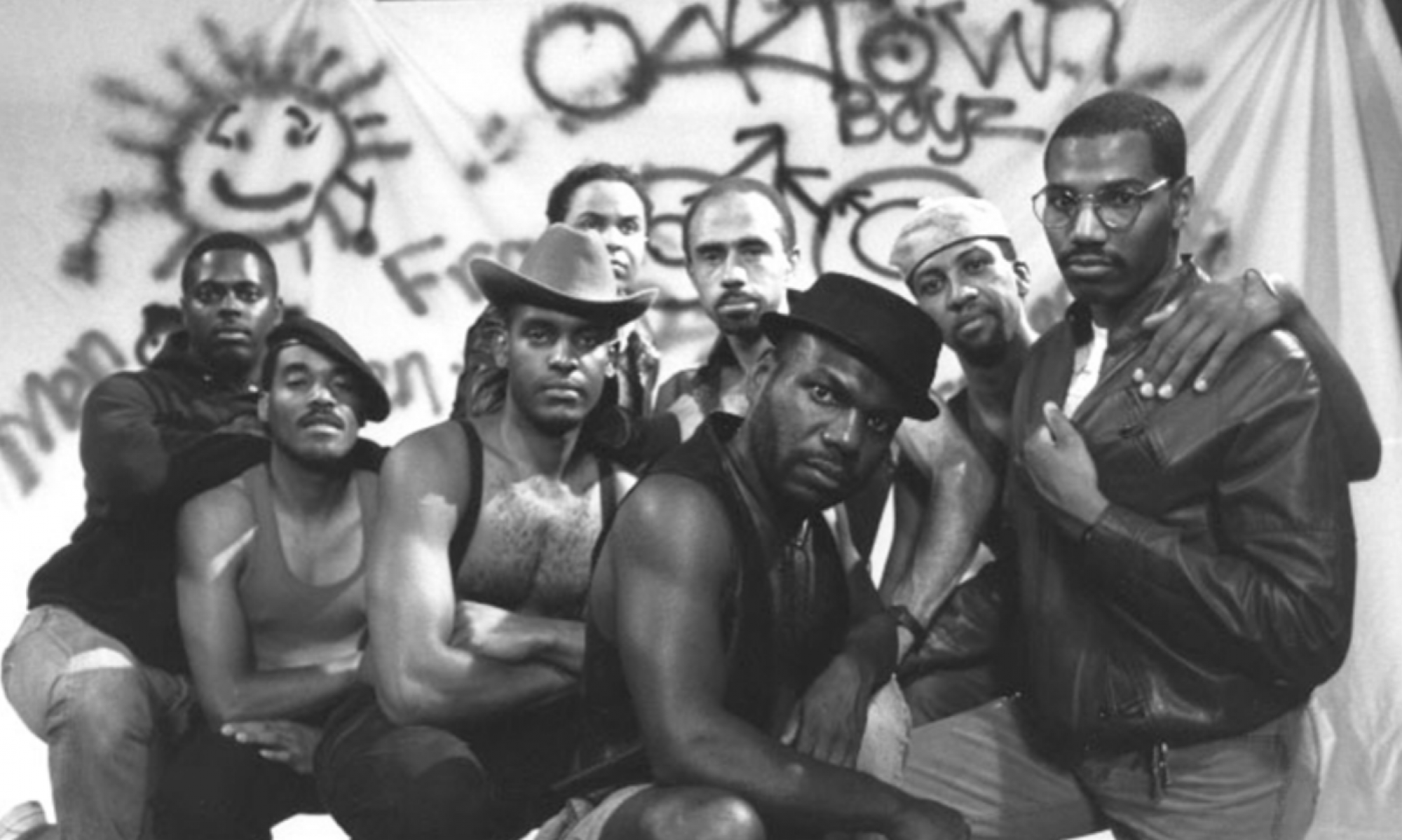I was especially intrigued by the use of color in Zama, especially how color is used on the body. The beautiful scene at the start of the film shows a group of women covering their bodies with mud, rendering their skin all a similar shade of grayish-green. There are still differences between the women in how they embody different racial identities and speak multiple languages, emphasizing the multiethnic makeup of the population. The mother of Zama’s child is seen dyeing fabric, and during one conversation with him, we can see that her arms are dyed a dark greenish color. Later, when Zama and the group of men he is with are captured by a group of indigenous men, their skins are all tinted red. This attention to color reinforces the overall painterly quality of the film and the bodies it captures. There is such a depth to each image, with each frame having figures in the foreground and background that demand your attention (like the llama wandering around the office). Slavery is also extremely present, though often an unspoken topic, as characters like Malemba command our attention without a single word. Even with the shallow focus of some scenes and the semi-blurred backgrounds, Zama himself is almost an afterthought, at least visually, just a single person in the rich landscape.
I admit to not know much about the possible cultural significance of the indigenous tribe painted red, but I am also interested in the racial implications of painted bodies. Don Diego embodies an anxiety about what it means to be an “Americano,” versus a European having been born in Spain; in one of the interviews we read, Martel talked about the “nostalgia for our true land: Europe” in how many Argentinians believe Europe is where they belong. The dyed skin or mud can be contrasted to other more unnatural instances of body painting. At the party where Zama first encounters Luciana, we see her garish blush and lipstick. The wigs that the colonial magistrates wear, along with the gaudy clothes and makeup of the men and women (I noticed both Don Diego and the governor wearing red nail polish?), contrast with the beauty of nature—the colonial society is semi-grotesque. They perform some version of “Europeanness,” though Zama was born in the Americas and Luciana admits having little memory of Europe anymore. In the final shots of the film, Zama is drained of color and stripped of all this artificiality—he is missing his arms, and his skin is clammy and a sickly shade of gray. Yet the vegetation on the river is a shocking, vibrant green. It almost looks like a surreal painting, but a painting that we must remember is still moving. While the colonial figures may paint themselves to remain static, and render themselves pinnacles of some European identity, the indigenous peoples’ paintings are living ones, organic parts of their lives.
